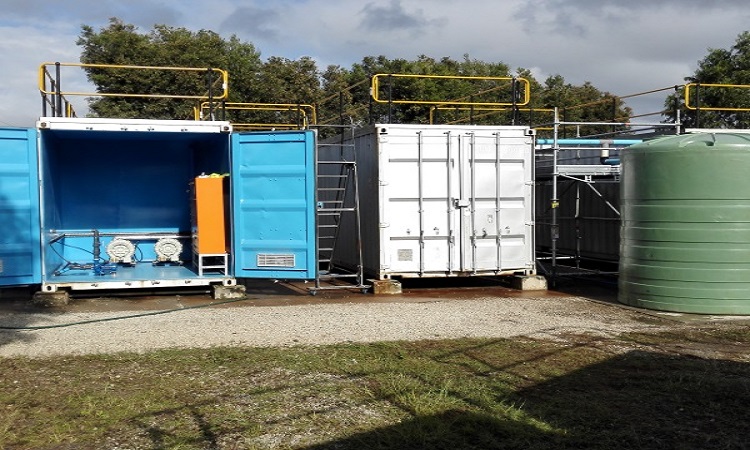Containerized Effluent Treatment Plant

What Is Containerized Effluent Treatment Plant?
A Containerized Effluent Treatment Plant (CETP) is a wastewater treatment facilty that is housed in a shipping container. Containerized Effluent Treatment Plant is designed to treat sewage and industrial wastewater using a variety of physical, chemical, and biological processes.
CETPs are becoming increasingly popular in developing countries as they are relatively inexpensive to build and operate and can be easily transporting to remote locations. Containerized plants also have the advantage of being modular, so they can be expanding or reconfigured as needed.
The CETP in Gurgaon, India was commissioning in 2013 and is currently the largest of its kind in Asia. The plant has a capacity of treating 500,000 liters of wastewater per day. It uses a combination of anaerobic digestion, aerobic digestion, and reverse osmosis to achieve effluent quality that meets the standards set by the Central Pollution Control Board of India.
How Does Containerized Effluent Treatment Plant Work?
Water sources in Gurgaon, India are contaminating with pollutants including heavy metals, dissolved solids, and organic matter. As a result, the city’s Wastewater Treatment Plants (WWTPs) are not able to effectively remove these contaminants from the water before it is discharging back into the environment.
The Containerized Effluent Treatment Plant (CETP) is a new technology that is being piloting in Gurgaon that has the potential to revolutionize wastewater treatment in the city. The CETP is a modular system that can be scaling to any size and installed quickly and easily. It uses advanced filtration and adsorption technologies to remove a wide range of contaminants from wastewater, including heavy metals, dissolved solids, and organic matter.
The CETP is already proving to be an effective solution for treating wastewater in Gurgaon. In one pilot project, the CETP was able to remove over 99% of lead and other heavy metals from wastewater before it was discharging back into the environment. The CETP is also more efficient than traditional WWTPs, requiring less energy and chemicals to operate.
If successful, the CETP adopting by other cities around the world that are facing similar challenges with contaminated water sources.
Benefits of a Containerized Effluent Treatment Plant
The Containerized Effluent Treatment Plant (CETP) in Gurgaon, India is revolutionizing wastewater treatment. The CETP is a first-of-its-kind plant that treats effluent from industries using an advanced membrane bioreactor technology. This state-of-the-art technology enables the CETP to achieve high levels of removal of pollutants, including dissolved organics, suspended solids, and heavy metals. The treated effluent meets or exceeds the most stringent discharge standards set by the Central Pollution Control Board (CPCB).
The benefits of the CETP are many. First, it significantly reduces environmental pollution. Second, it decreases the load on the existing wastewater treatment infrastructure in Gurgaon, which is already under strain due to rapid urbanization and industrialization. Third, it provides a cost-effective solution for treating effluent from industries. It generates renewable energy in the form of methane gas, which can be using to power the plant itself. It creates jobs for local people in the operation and maintenance of the plant.
The CETP is a model for sustainable development that can be replicating in other cities across India & around the world.
Challenges Faced by the CETP
The CETP in Gurgaon faces several challenges, including:
– Ensuring an uninterrupted supply of treated effluent to industries
– Managing the wastewater generated by industries
– Maintaining the quality of treated effluent discharged into the environment
– Reducing the overall cost of wastewater treatment
Conclusion
The Containerized Effluent Treatment Plant in Gurgaon is a great example of how wastewater treatment can be revolutionized. It has helped to significantly reduce the number of pollutants entering local water sources, thus improving water quality, and protecting human health. Furthermore, it has provided an effective solution for the disposal of industrial effluents with minimal environmental impact. This innovative approach to wastewater treatment promises to provide much-needed relief for many cities around the globe facing similar challenges as Gurgaon.